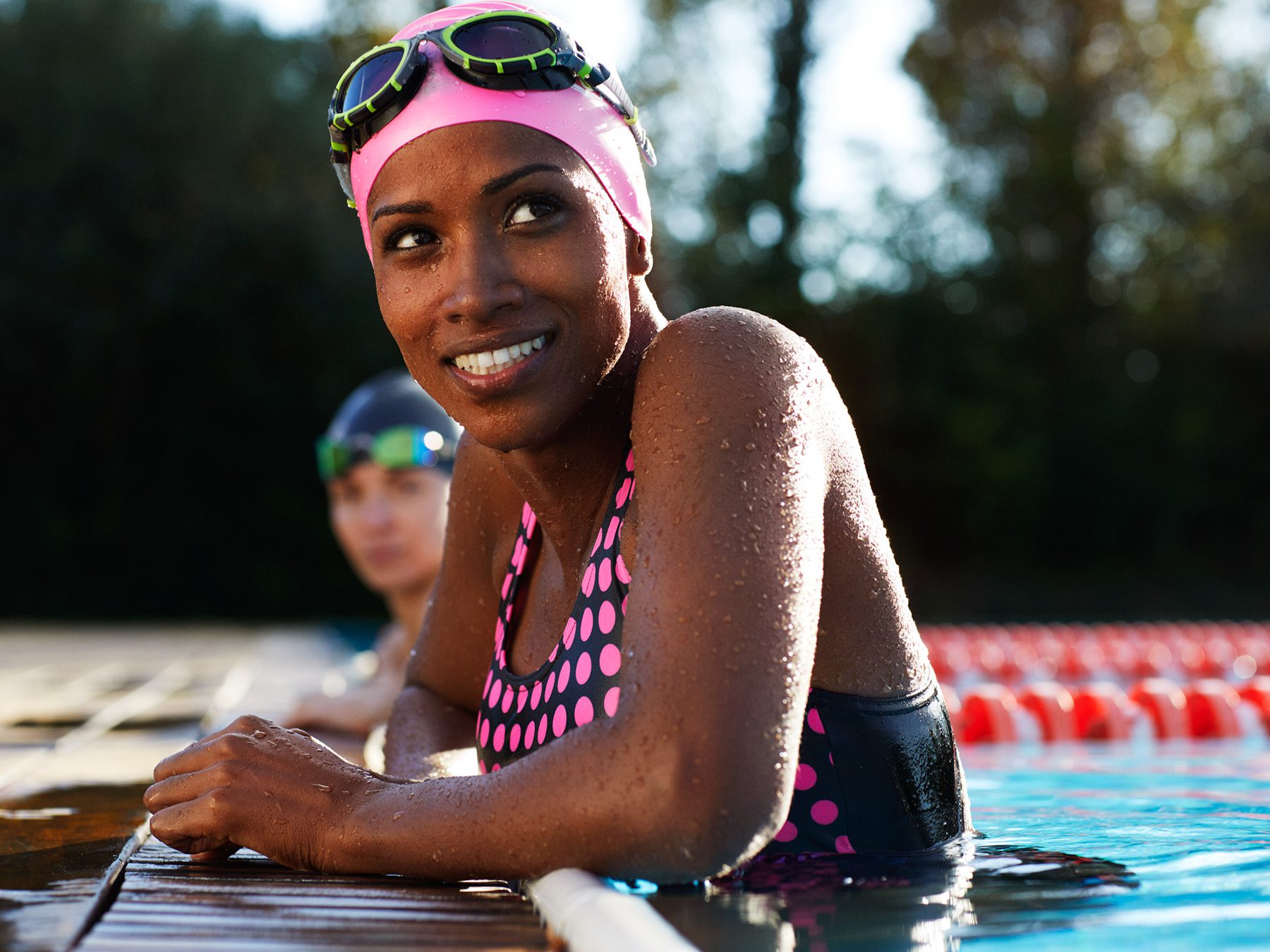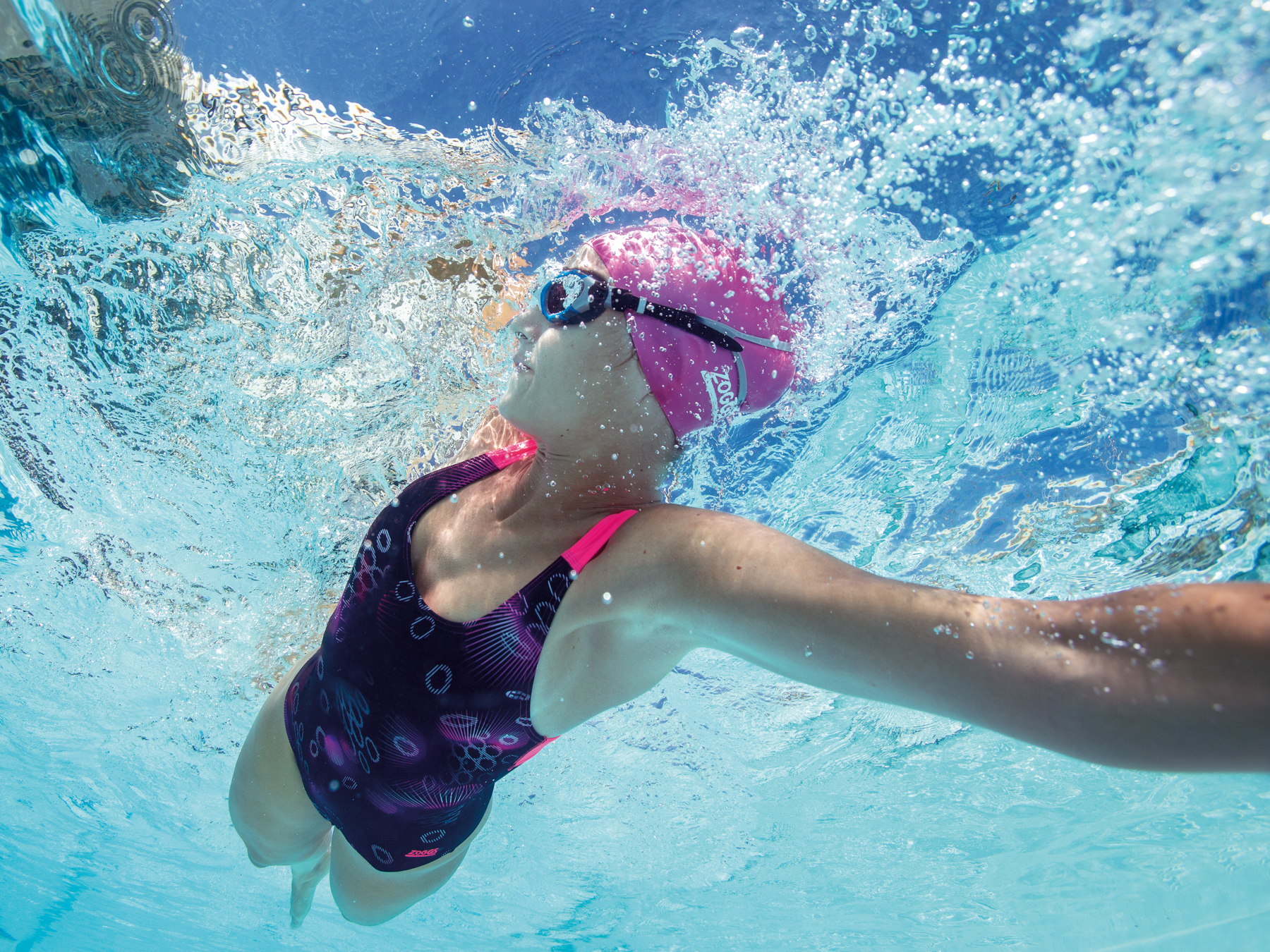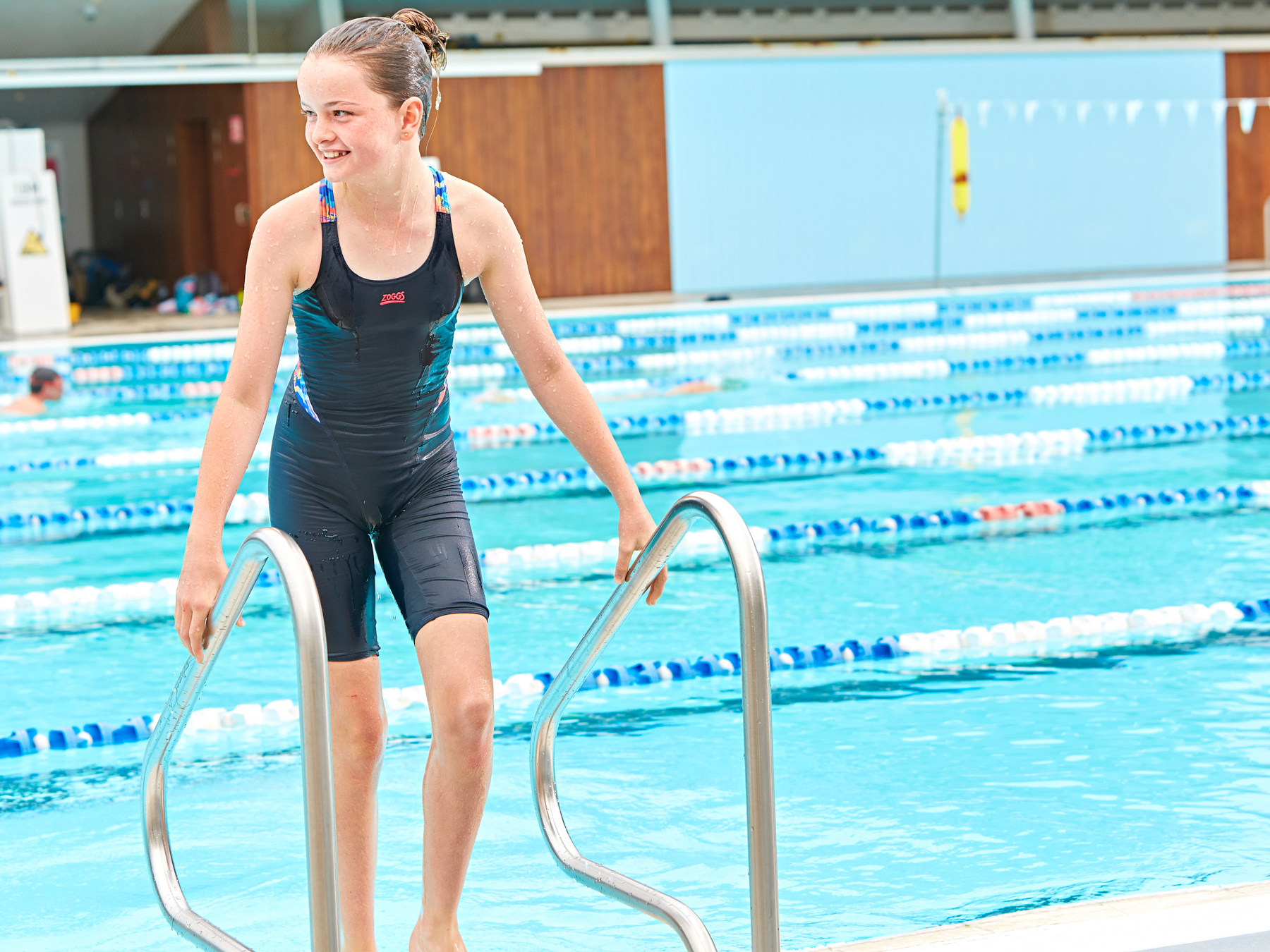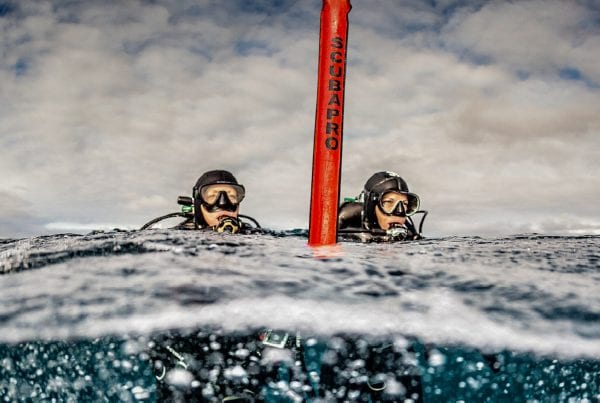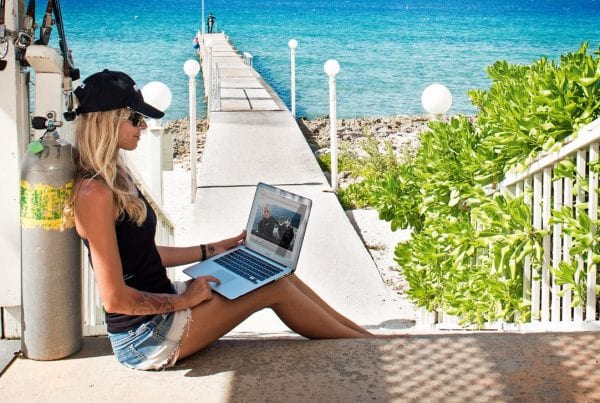As part of entry level scuba training, students are required to complete a basic water fitness assessment, also known as the swim test. This article is designed to provide more information on why the swim test is needed and what’s involved.
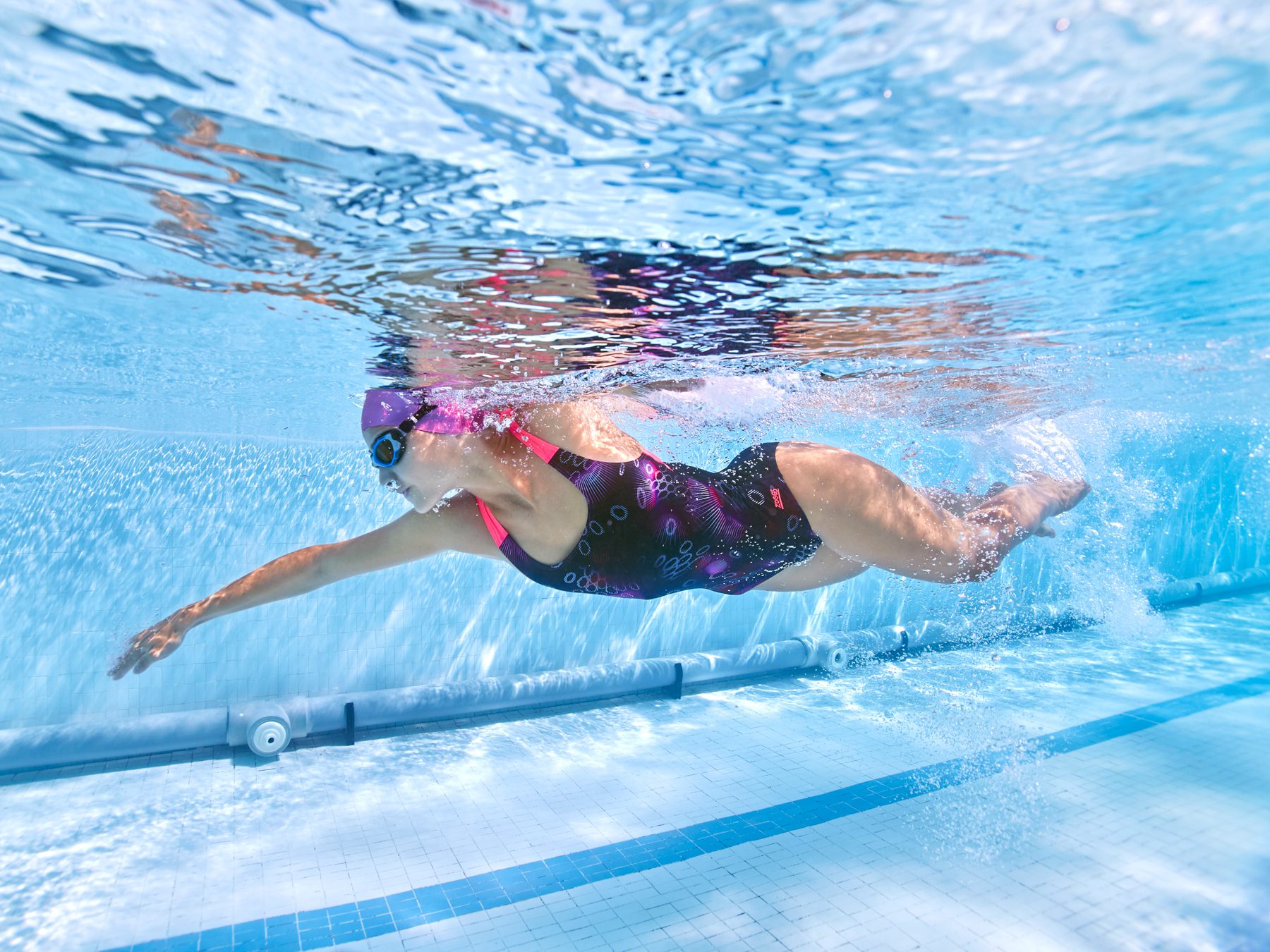
Purpose of the Swim Test
We often get asked the question do I need to be able to swim to complete my scuba certification?
The answer to this question is yes.
Now, you don’t need to be a champion swimmer but basic swimming skills is a core requirement of any scuba certification. You should be cautious about any advice that indicates otherwise. A swim assessment is a key component of the training standards for all major training agencies.
It’s pretty logical, if you think about it. Yet, it often comes as a surprise to some.
As scuba divers, we’re frequently entering into and surrounded by water. This could be from the shore or a boat and, even if you have every intention of staying in shallow water, you never know what situations can occur. You may find yourself in deeper water due to rising tides, currents or simply losing your way underwater and drifting off-course.
As a scuba diver, you will wear a Buoyancy Compensator (known as BC / BCD), which acts a bit like a life jacket, in that it keeps you afloat at the surface. However, it’s not uncommon to have to swim short distances on the surface, to reach a boat of platform.
Then, there’s situations that we try not to think about – what if something goes wrong? Whilst these incidents are very rare, being unable to swim would potentially make a bad situation ten times worse – not just for you but, for anyone you’re diving with.
So, essentially, the intention behind the swim test is to ensure comfort, confidence and safety for all involved.
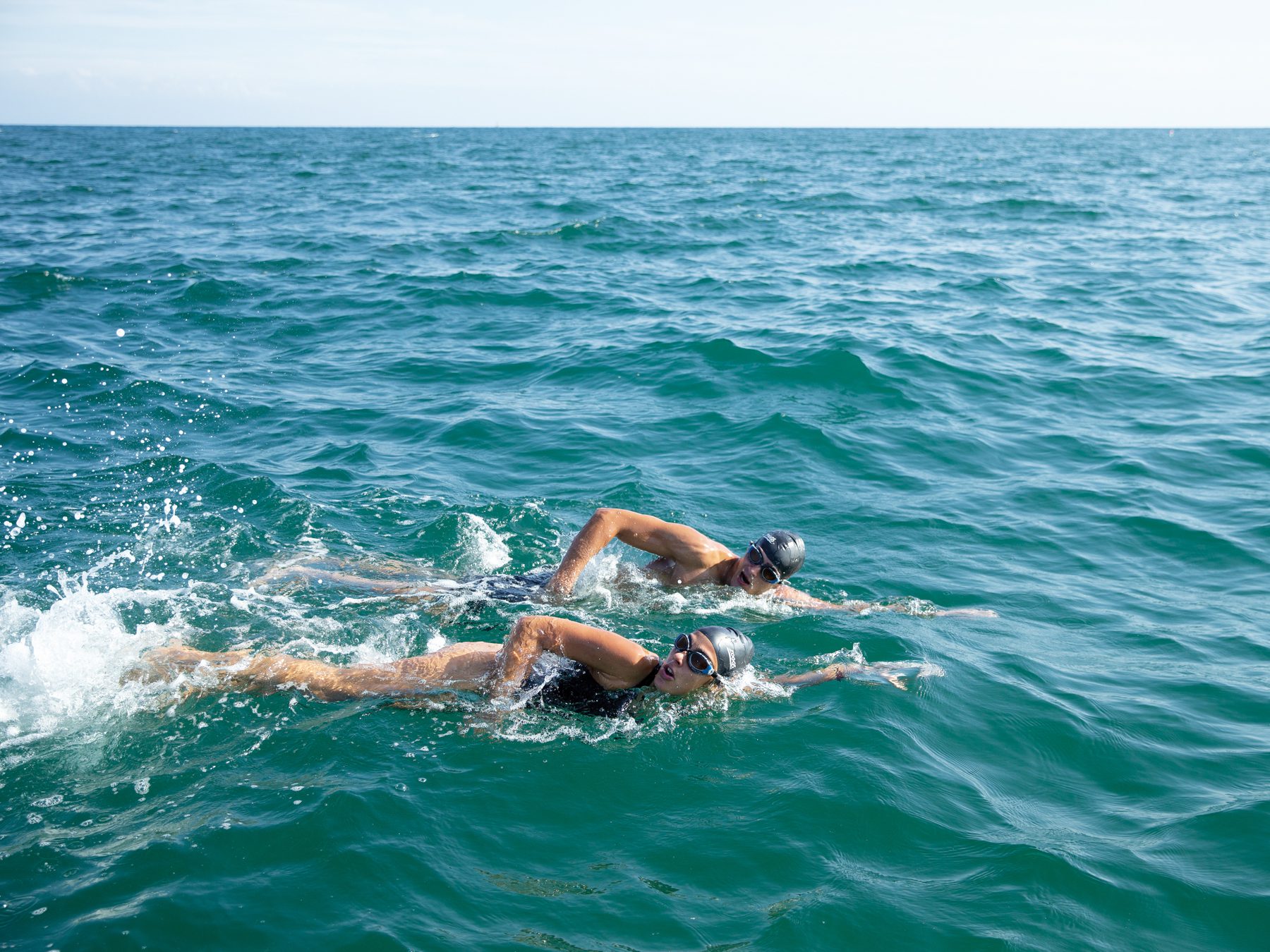
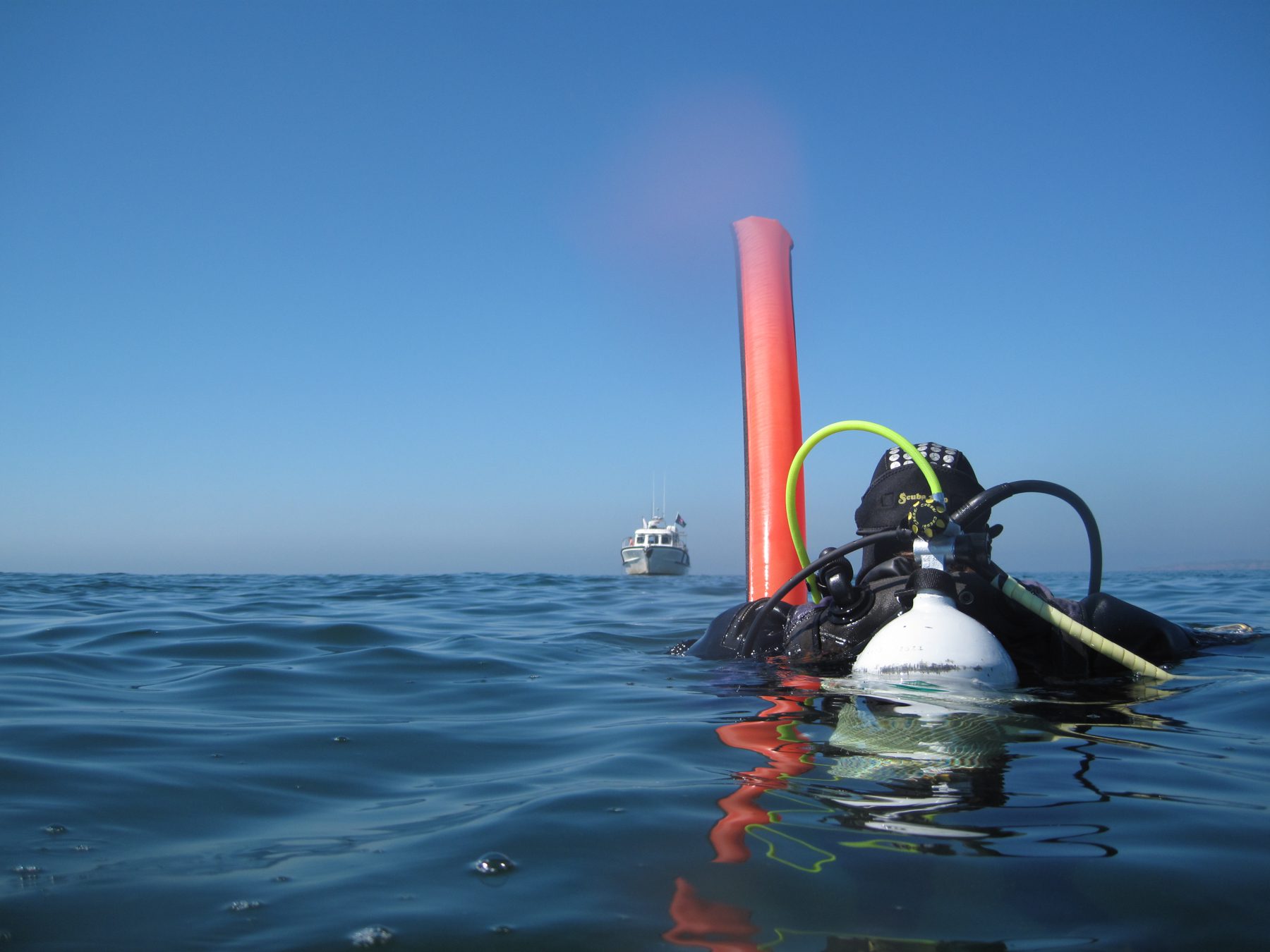
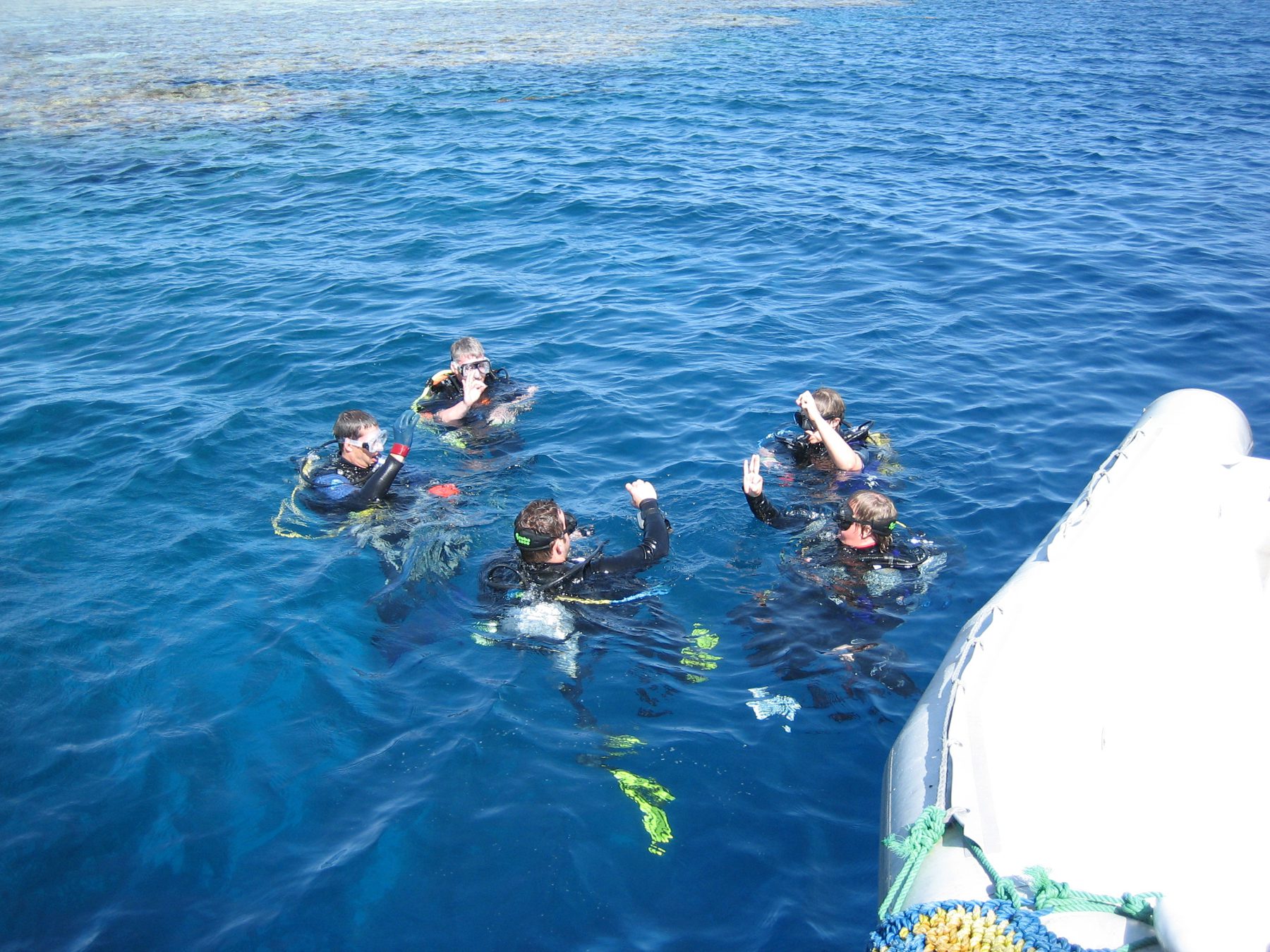
What's Involved in the Swim Test
There are three key areas that will be reviewed. To make the assessment more comfortable, we prefer to conduct these assessments in a pool environment.
1. Your Overall Comfort in the Water
The goal here is for your instructor to assess general comfort in the water. We fully understand that being nervous may be a factor to begin with but our aim is to ensure that as the programme progresses, you feel much more confident.
2. Swim Assessment
You will be asked to swim 200 metres, without any swim or buoyancy aids, or swim 300 meters using a mask, snorkel and fins. This must also be completed without stopping or standing. However, the good news is that there’s is no time limit.
3. Survival Float
You will be asked to float or tread in water too deep to stand for ten (10) minutes, keeping your face clear from the water.
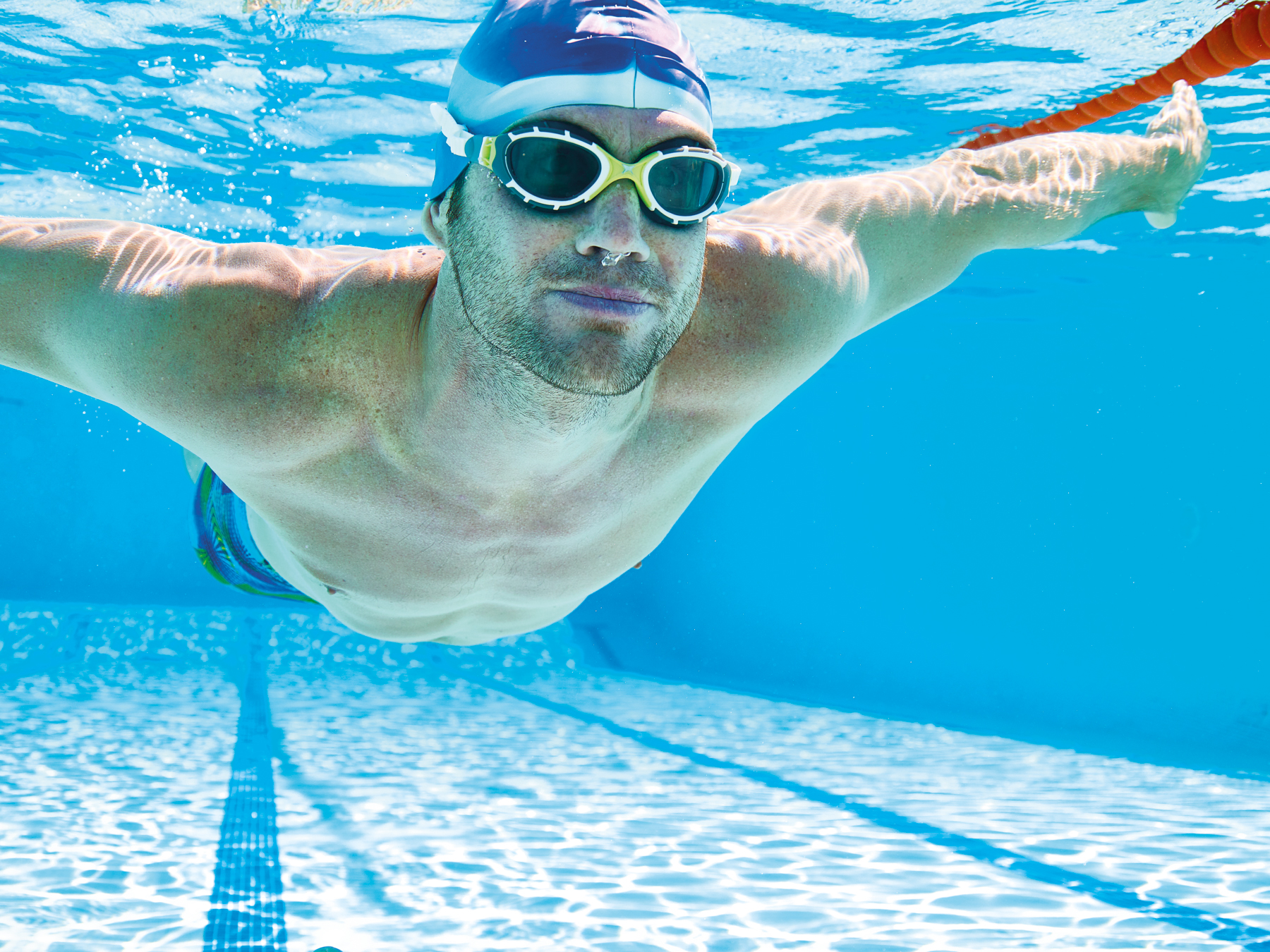
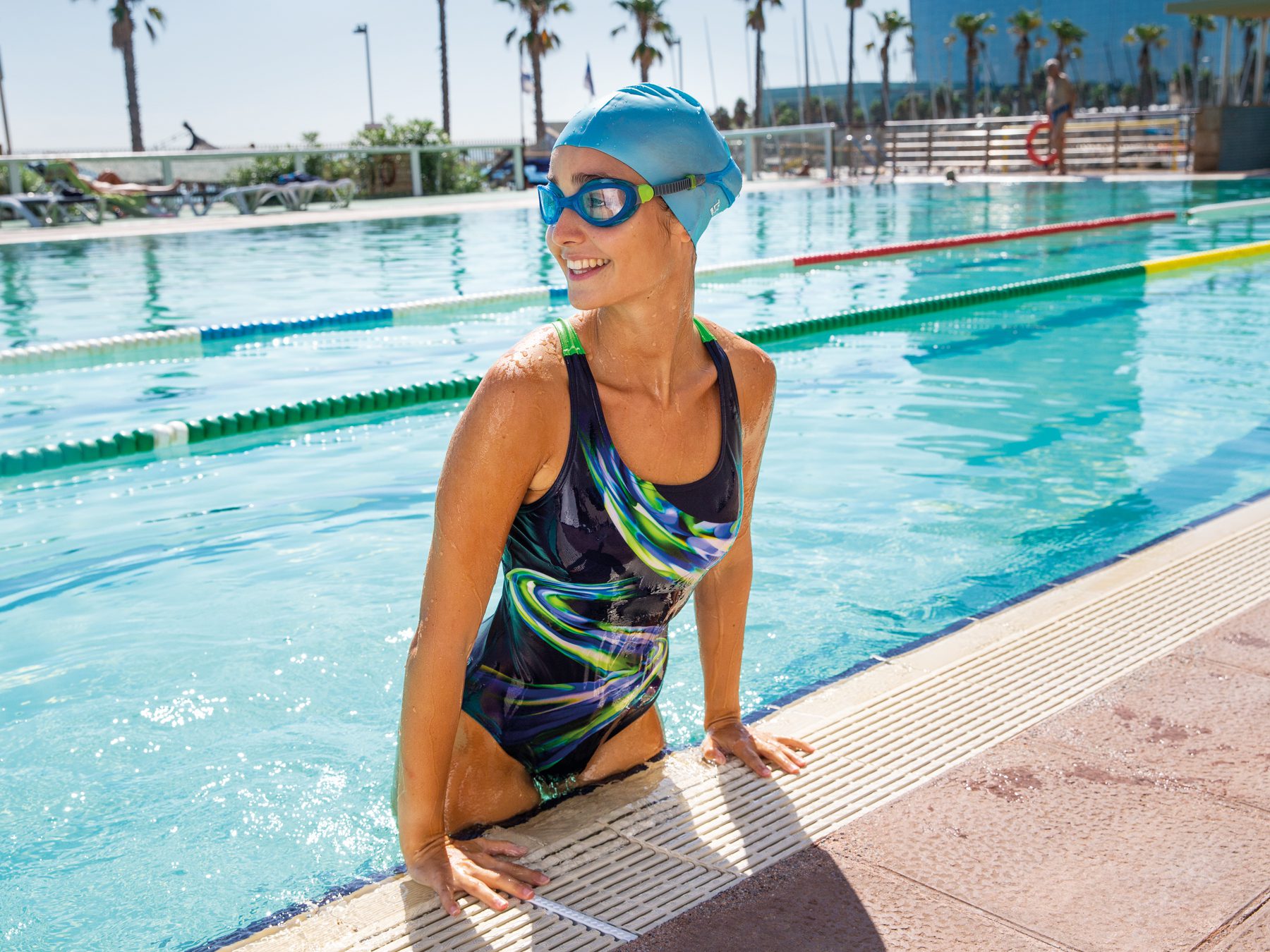
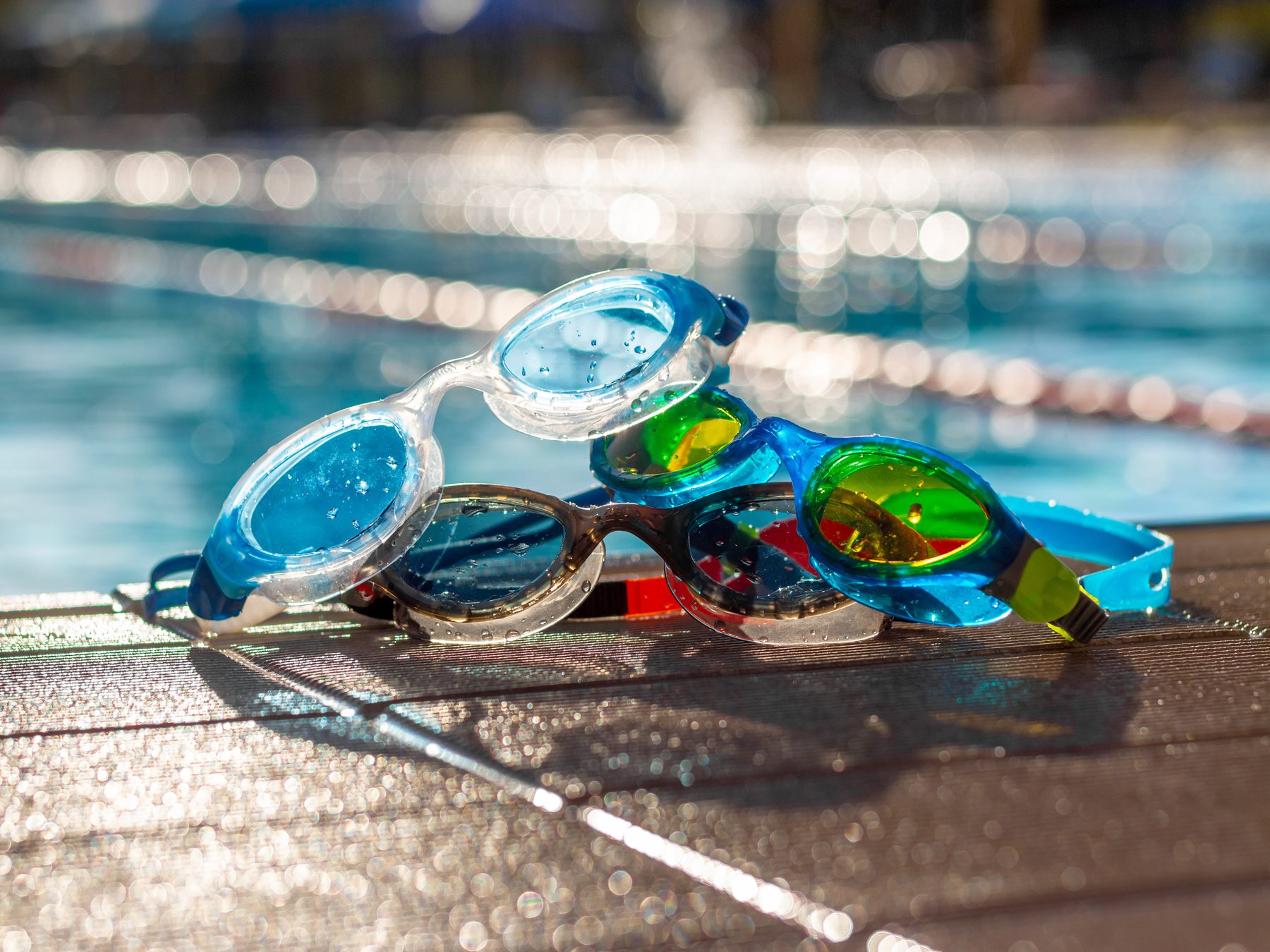
When the Swim Test is Carried Out
The training standards say that successful completion of the swim test must be completed prior to any open water training.
This means that students can start pool training with us, allowing some time before open water to practice their swimming or build a little extra stamina. We can help to guide students and incorporate some practice time into the scuba training. However, for students that are unable to swim from the outset or would not be able to complete the assessment, we recommend they enrol in swimming lessons and reach the minimum requirements before commencing the scuba training.
For those completing Try Scuba Experiences, there is not a requirement to complete the assessment but we recommend participants are comfortable in deep water and can swim at least 10 metres, for their overall safety and enjoyment.
We may also ask students who have not trained with us or who have not dived for a long time to complete a similar assessment. This is to ensure their comfort and safety.
